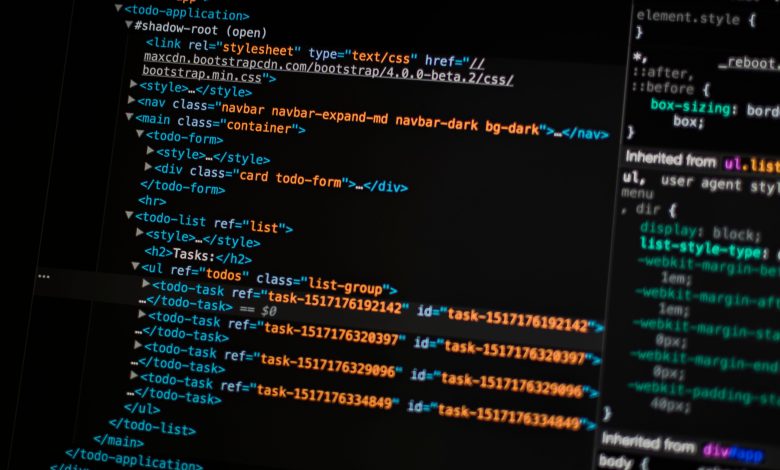Top 10 React Libraries Every Developer Should Know

React has become the most popular JavaScript library for building user interfaces. While React itself is powerful, its ecosystem of third-party libraries makes development faster, easier, and more efficient. From state management to animations, there’s a library for nearly every problem you’ll encounter.
In this article, we’ll explore 10 essential React libraries that every developer in 2025 should know, why they’re important, and how they can improve your workflow.
1. Redux Toolkit – Simplified State Management
State management is a common challenge in React applications, especially as projects grow in size. Redux Toolkit provides a cleaner, simpler, and more efficient way to manage application state compared to traditional Redux.
- Why it’s important: Reduces boilerplate code, integrates well with TypeScript, and has built-in support for async logic.
- Use case: Managing authentication state, complex forms, or shared global data.
2. React Query (TanStack Query) – Data Fetching Made Easy
React Query has revolutionized the way developers handle server-side state. Instead of writing repetitive useEffect + fetch logic, React Query manages caching, background updates, and syncing automatically.
- Why it’s important: Simplifies API calls, improves app performance, and reduces bugs.
- Use case: Fetching and caching data from REST APIs or GraphQL endpoints.
3. React Router – Navigation and Routing
No modern single-page application is complete without a powerful routing solution. React Router is the go-to choice for handling navigation.
- Why it’s important: Supports nested routes, dynamic segments, and seamless client-side navigation.
- Use case: Building SPAs with multiple pages such as dashboards, blogs, or e-commerce platforms.
4. Styled Components – CSS-in-JS Styling
Styled Components allows developers to write CSS directly inside JavaScript files. This makes components more modular and easier to maintain.
- Why it’s important: Scoped styles, dynamic theming, and reduced CSS conflicts.
- Use case: Building large-scale projects where traditional CSS becomes difficult to manage.
5. Framer Motion – Advanced Animations
Animations can drastically improve user experience. Framer Motion is a popular library that makes animations smooth and easy to implement.
- Why it’s important: Provides prebuilt animation utilities with minimal setup.
- Use case: Page transitions, hover effects, drag-and-drop animations.
6. Formik – Form Handling Made Simple
Forms are one of the trickiest parts of React development. Formik streamlines form validation, submission, and error handling.
- Why it’s important: Works well with Yup for schema-based validation, integrates with controlled and uncontrolled components.
- Use case: User registration, login forms, checkout pages.
7. Recharts – Data Visualization
When it comes to charts and graphs, Recharts is one of the most developer-friendly libraries for React. It uses D3.js under the hood but offers a simpler API.
- Why it’s important: Easy to integrate, highly customizable, and mobile responsive.
- Use case: Dashboards, analytics tools, financial apps.
8. React Hook Form – Lightweight Alternative to Formik
While Formik is great, React Hook Form provides an even lighter solution for form handling with excellent performance.
- Why it’s important: Minimal re-rendering, integrates smoothly with React hooks, great for large forms.
- Use case: Performance-critical apps that require fast, optimized form handling.
9. React i18next – Internationalization Support
For apps targeting a global audience, multi-language support is crucial. React i18next is a powerful internationalization library.
- Why it’s important: Simple translation management, supports dynamic language switching, integrates with backend translation services.
- Use case: Apps requiring multi-language support (e-commerce, SaaS platforms).
10. Axios – Simplified HTTP Requests
Although not React-specific, Axios is widely used in React projects for handling API requests. It offers more powerful features compared to the native fetch API.
- Why it’s important: Interceptors, request cancellation, and cleaner syntax.
- Use case: API calls with authentication, error handling, and token management.
Honorable Mentions
There are many other libraries worth mentioning:
- Jest & React Testing Library (for testing)
- Next.js (React framework for full-stack apps)
- Zustand (alternative lightweight state management)
- React Spring (physics-based animations)
Conclusion
React’s ecosystem is one of its greatest strengths. By mastering these 10 essential libraries, you’ll save time, write cleaner code, and deliver better applications.
From state management with Redux Toolkit, to animations with Framer Motion, and data fetching with React Query—these libraries empower you to build modern, scalable, and user-friendly apps.
If you’re serious about React development, make these libraries part of your toolkit.

